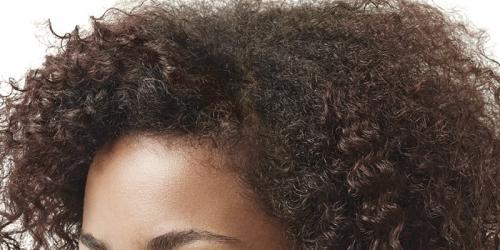Frizzy hair is characterized by its fragility. These hair grows spirally and go out lying on the scalp (unlike straight hair that grow straight).
They grow more slowly than smooth hair and their hair follicle is also smaller.
Care adapted to a fragile nature of hair
The frizzy hair requires special care. Maximum moisturization and protection to fight anything that could dry out is paramount.
Avoid shampoos stripping, not suitable, but also lotions and gels based on alcohol.
Another very important rule is that you should never put on dry frizzy hair.
Of all types of hair, frizzers are the most fragile. They break under a traction of 60 grams and can only stretch by 40% unlike Asian hair. The latter support a traction of 100 grams and a stretch of 55%.
What are the different types of frizzy hair?
In 1997, hairdresser Andre Walker invented a hair classification that has established itself as the benchmark.
There are 4 broad categories: type 1 corresponds to smooth hair, type 2 with wavy hair, type 3 to curly and type 4 to frizzy.
Each type is divided into 3 subcategories (a, b and c).
- The frizzy hair 4A
Type 4A is a frizzy and soft hair, characterized by a spiral shape.
When wet, 4A frizzy hair is recognized by its "S" shape.
It is recommended to take care of them because they tend to be fragile, even if they are the least dry in their category. The loops are fairly well defined and resemble small springs.
The singer Solange Knowles, Beyoncé's sister, has this type of hair.
- The frizzy hair 4B
The hair 4B does not have "S" shaped loops but rather "Z" spirals.
It is essential to maintain it well to keep its soft and malleable side.
Since water is the best ally of frizzy hair, do not hesitate to spray them by adding essential oils for hydration.
- The frizzy hair 4C
Type 4C is very similar to 4B. The loops are simply tighter.
This hair is generally the least appreciated because very fragile.
Daily care is inevitable: shampoo, conditioner, masks, moisturizers and essential oils should be chosen with great care.


